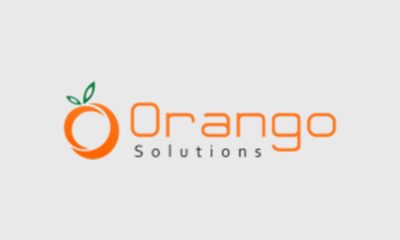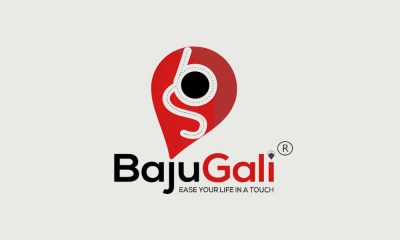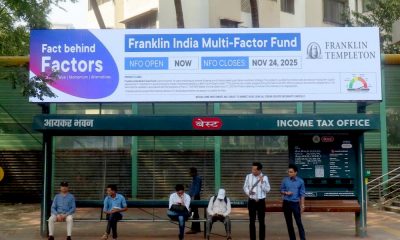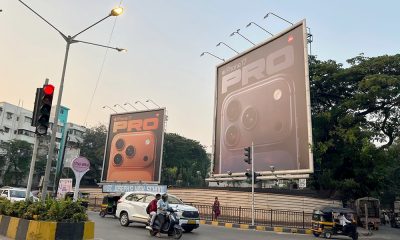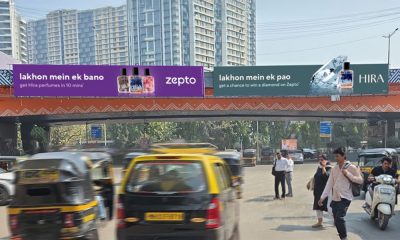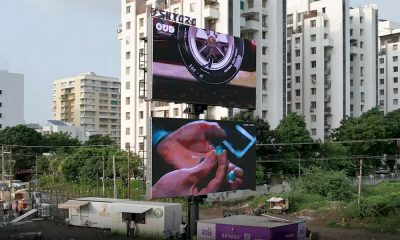Markets in Focus
“Static billboards still deliver massive reach and remain the backbone of UP OOH”
In the next part of Media4Growth’s UP OOH Market Series, we spotlight insights from Ashish Tandon, Director, Sri Garima Publicity Pvt. Ltd., who shares a clear view of how Uttar Pradesh’s outdoor market is evolving, from rapid digital expansion to strong demand across religious and high-traffic cities.

Uttar Pradesh continues to emerge as one of India’s most promising OOH markets, fuelled by large-scale development, rising mobility, religious tourism, and a growing appetite for digital formats. At the forefront of this transformation is Sri Garima Publicity Pvt. Ltd., which has strategically expanded from Bihar and Jharkhand into major UP cities, securing high-impact assets across key destinations. Ashish Tandon outlines what’s driving this momentum and where the market is headed.
A vibrant, fast-expanding OOH ecosystem
Ashish describes UP’s outdoor advertising environment as one entering its strongest phase yet. He notes that the state “is growing rapidly and becoming one of the most promising regions in India, strengthened by expanding infrastructure, mobility growth, and large-scale religious tourism.”
Garima’s own expansion mirrors this shift. “We have expanded from Bihar & Jharkhand to focus strongly on UP, especially Varanasi, Lucknow, Ayodhya, Prayagraj, Kanpur, and Gorakhpur,” Ashish says, adding that the company holds town ad rights in many religious destinations where demand is consistently high.
He emphasises that the market’s evolution is also being shaped by digitalisation. “The market is shifting towards DOOH, and Garima is investing accordingly,” he shares, pointing out their recent win of the Hazratganj cluster LED tender in Lucknow as a symbol of the company’s move toward premium digital assets.
Growth trends: Digital rise, strong Tier-2 & Tier-3 demand
Reflecting on the last 2–3 years, Ashish highlights a sharp upward curve. “UP’s OOH market has grown very strongly,” he says. The biggest change has been the “rapid shift toward digital OOH,” with advertisers now actively seeking dynamic, premium LED screens.
However, static formats remain important. Ashish explains that “static OOH remains solid, especially in high-traffic junctions and religious destinations,” continuing to deliver broad mass reach.
A major trend driving today’s OOH demand is the rise of mobility and tourism-led development in smaller cities. “Tier-2 and Tier-3 cities are seeing strong growth,” he notes, adding that improved infrastructure and structured policies have enabled large-scale investments across the state.
Formats gaining the most traction
According to Ashish, UP’s demand is sharply divided across three pillars. Digital screens and large-format billboards are leading interest, with static formats still delivering unmatched scale across highways and city junctions. “Static billboards still deliver massive reach and remain the backbone of OOH,” he affirms.
Digital, however, is the fastest-growing. “The most traction today is clearly in DOOH, premium LED screens, video walls, and cluster networks in markets like Lucknow, Varanasi and Prayagraj,” he says, adding that this is why Garima has increased its digital investments.
Transit media is also gaining relevance, driven by mobility across metro systems, bus stations, and railway hubs. Street furniture, he notes, continues to grow as cities upgrade urban infrastructure.
Digital OOH: Rapid adoption and multi-city expansion
Ashish points out that while metro markets still dominate in scale, “UP has caught up very fast in terms of adoption and advertiser confidence.” What makes UP unique is that digital is expanding not just in one city but across multiple high-demand zones.
“Digital is spreading beyond just the capital city,” he explains, citing Varanasi, Ayodhya, Prayagraj, Gorakhpur and Kanpur as key digital growth markets. This multi-city adoption pattern, he notes, is not always seen even in established metro regions.
With Garima’s new DOOH assets, including the Hazratganj LED cluster, Ashish sees brands treating Uttar Pradesh almost at par with top metro markets.
Who’s driving the spends in UP
Ashish identifies four high-performing advertiser clusters that currently fuel UP’s OOH momentum. “FMCG brands are highly active,” he says, using outdoor extensively to reach broad urban and rural audiences.
He adds that home appliances and consumer durables have significantly increased their OOH budgets, especially during seasonal peaks.
Healthcare visibility has grown strongly as hospitals and medical brands rely on OOH for credibility and citywide reach. The education sector, universities, coaching centres, skills institutes, remains a major spender across Tier-2 and Tier-3 cities.
Together, Ashish says, these four categories are “the pillars driving OOH growth in UP at the moment.”
-
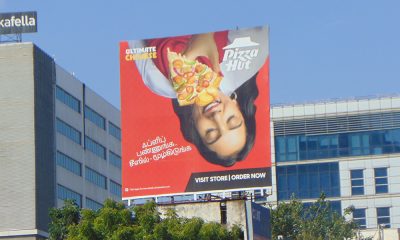
 Campaigns
CampaignsPizza Hut’s OOH Campaign with upside-down Creative
-

 Markets in Focus
Markets in FocusNew IMARC study projects Australian DOOH market to cross US$1 Billion by 2033
-
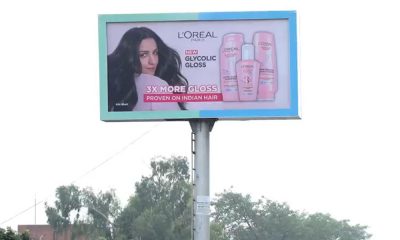
 Campaigns
CampaignsL’Oréal Paris launches OOH campaign for its new Glycolic Gloss Range
-

 Company News
Company NewsCASHurDRIVE achieves major milestone with half-year results


